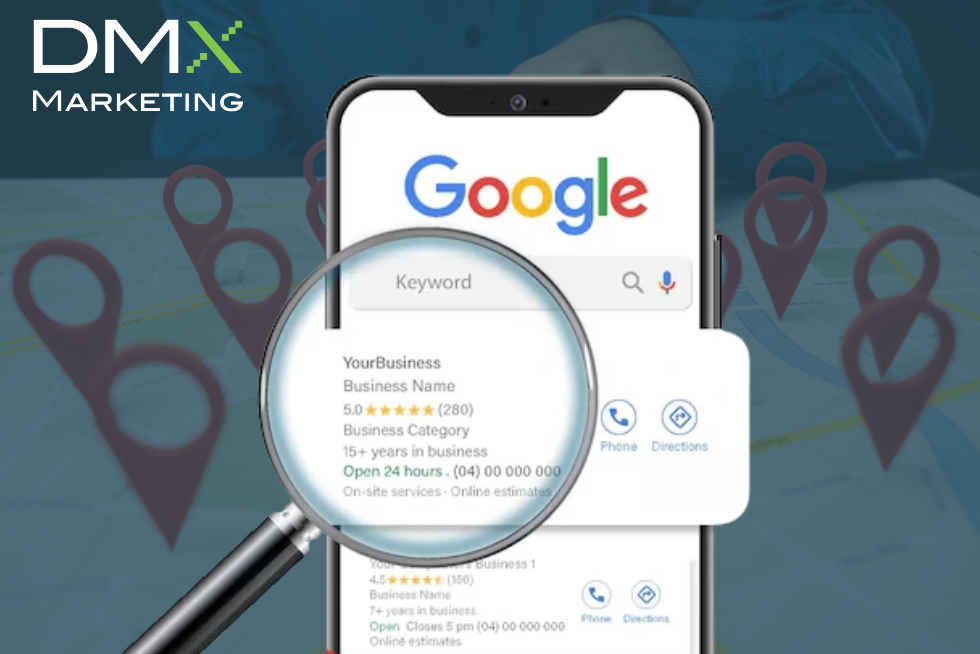In the dynamic landscape of digital marketing, visibility is paramount. For small and medium-sized businesses (SMBs), a strong online presence can be the difference between thriving and just surviving. One crucial element in establishing that presence is your Google Business Profile (GBP). But simply having a profile isn’t enough; you need to optimize it effectively. And one of the most vital aspects of optimization is selecting the right categories.
Understanding Google Business Profile Categories
Google Business Profile categories are descriptors that tell Google and potential customers what your business does. Think of them as digital labels that help Google understand the nature of your business and match it with relevant search queries. When someone searches for “Italian restaurants near me,” Google uses these categories to display the most relevant results.
Why Categories Matter
- Improved Search Visibility:
- Categories directly influence your business’s visibility in local search results. By accurately selecting your categories, you increase the chances of appearing in relevant searches.
- Google’s algorithm relies heavily on categories to determine the relevance of a business to a user’s search.
- Enhanced Customer Reach:
- Correct categories help you reach the right audience. If you’re a bakery, selecting “Bakery” as your primary category ensures that people searching for bakeries will find you.
- This targeted visibility can lead to increased foot traffic and online engagement.
- Accurate Business Representation:
- Categories provide a clear and concise description of your business, helping customers understand what you offer.
- Accurate categorization builds trust and credibility, as customers are more likely to engage with businesses that accurately represent their services.
- Feature Eligibility:
- Certain GBP features are category specific. For example, restaurants get access to menu options, and hotels have specialized hotel features.
Choosing the Right Categories
Selecting the right categories requires careful consideration. Here’s a step-by-step guide:
- Identify Your Primary Category:
- Your primary category should be the most accurate and specific descriptor of your core business.
- For instance, if you own a pizza restaurant, “Pizza Restaurant” would be your primary category.
- Explore Additional Categories:
- Google allows you to select multiple categories, providing an opportunity to highlight the various aspects of your business.
- Consider secondary services or products you offer. For example, a pizza restaurant might also include “Italian Restaurant” or “Takeout Restaurant.”
- Research Competitors:
- Analyze the categories used by your competitors. This can provide valuable insights into relevant categories within your industry.
- This analysis should be used to gain insight, and not to directly copy.
- Use Google’s Suggested Categories:
- When you begin typing a category, Google provides suggestions. Use these suggestions to ensure accuracy and consistency.
- Be Specific:
- Opt for specific categories over general ones. For example, “Coffee Shop” is more effective than “Restaurant.”
- Avoid Redundancy:
- Don’t select categories that are essentially the same. Focus on categories that highlight distinct aspects of your business.
- Regularly Review and Update:
- Your business may evolve over time. Regularly review your categories to ensure they remain accurate and up-to-date.
- Google also adds and removes categories, so keeping up to date is very important.
Common Mistakes to Avoid
- Over-Categorization: Selecting too many categories can dilute your profile’s relevance. Focus on the most accurate and relevant ones.
- Irrelevant Categories: Choosing categories that don’t accurately reflect your business can confuse customers and harm your search visibility.
- Ignoring Primary Category: Neglecting to select a strong primary category can hinder your profile’s performance.
Practical Tips for Category Selection
- Think Like a Customer: Consider what terms your target audience would use to search for your business.
- Use Google’s Guidelines: Adhere to Google’s guidelines for GBP categories to avoid penalties.
- Test and Refine: Monitor your profile’s performance and adjust your categories as needed.
References and Further Reading
- Google Business Profile Help: Google’s official documentation provides detailed information on GBP categories:
- Search Engine Land: Articles on local SEO and GBP optimization:
- Many articles on Searchengine land provide great information on Local SEO.
- BrightLocal: Resources and tools for local SEO:
- BrightLocal provides great resources on local SEO, and GBP optimization.
Conclusion
Selecting the right Google Business Profile categories is a critical step in optimizing your online presence and reaching your target audience. By understanding the importance of categories and following best practices, you can enhance your search visibility, attract more customers, and build a strong online reputation.
By implementing these strategies, SMBs can leverage the power of Google Business Profile categories to drive growth and success in the digital age.






